Developing a concurrent chemo/radiotherapy treatment patient focus checklist/patient hand held schedule and management of symptoms/side effects of treatment by the lung CNS
Category: Treatment
The problem identified
Concurrent chemotherapy with radiotherapy for non small cell lung cancer patients is the optimal treatment for patients with inoperable stage 3 non metastatic disease and a good performance status. Concurrent chemotherapy/radiotherapy is also the gold standard treatment for patients with limited stage/non metastatic small cell lung cancer. Patients have a more complex treatment pathway and various screening and diagnosis/patient safety tests are performed prior to commencement of treatment. The lung nurse specialist is the key worker for all patients receiving concurrent chemotherapy/radiotherapy and is a vital part of the pathway co-ordination and selection. Patient selection for this treatment is vital and the CNS is in a pivotal role to help the patient and medical team decide if the patient is fit to commence on this often tiring and toxic treatment regime. A concurrent patient checklist has been developed by the CNS team at The Christie Hospital to expedite these procedures and tests and have them performed in a timeframe to minimise a patient's visits to hospital if possible.
The intervention made to change the problem
A checklist and patient handheld treatment record has been developed with the medical team so at any point the clinician or CNS can see at what stage in the screening process the patient is up to. This is to increase the chances of the patient commencing treatment within a 3 week timeframe from first being considered for concurrent treatment. The CNS will meet with the patient in clinic, discuss their suitability for treatment with the medical team and go through all the requirement and planned treatment dates with the patient.
How it changed my practice
The CNS is able to book treatment for chemotherapy based on screening information and ensures all the necessary tests and procedures are booked at the correct time. The patient hand held record has been helpful for patients and gives them a treatment plan of where they need to attend at a specific time or date. It empowers the patient to help them understand the treatment plan better. Often at first, patients have been disorientated prior to treatment commencement and patients have given the team positive feedback about the handheld record helping them understand the treatment plan. This streamlines the process for the patient and enhances communication to all personnel involved in the patient's treatment.
The CNS is the keyworker for all patients undergoing concurrent treatment and this ensures all the patients have a point of contact during treatment and then follow up. The CNS is a major point of contact should a patient develop toxicities from treatment. All the CNSs' in the team are prescribers and can prescribe supportive medications to help with toxicities, such as oesophagitis, pain, lethargy, shortness of breath and pneumonitis. This ensures symptoms can be managed better sometimes preventing the need for hospital admission
